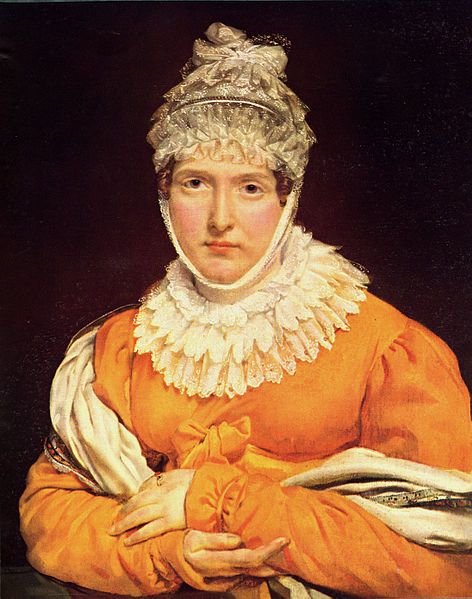More than 700 valuable works of art are part of the collection, including the so-called “Mona Lisa of Zagreb”.
The Louvre of Zagreb – that is how many fans of the centuries-old art works call the Strossmayer Gallery of Old Masters which is located in the main building of the Croatian Academy of Sciences and Arts. It was named after its founder, Bishop Josip Juraj Strossmayer, reports Večernji List on April 23, 2016.
The private Strossmayer collection was first presented to the public in 1884. “He believed that Croats, like all other nations, should have their own gallery, believing that art was important for the preservation of national identity and its further development. His donation encouraged other collectors to donate their pieces to the people. The gallery is one of the most valuable treasures which the Academy keeps”, says the president of the Academy Zvonko Kusić.
Curator Iva Pasini Tržec adds that Strossmayer had his intermediaries who went to Italy and Cologne to buy pieces of art for him, though he himself took an active part in the acquisition of paintings. Several paintings were bought at the auction of Cardinal Juraj Haulik’s estate.
Initially, the collection had about two hundred works of art, but through the years it received many additional donations. Today it includes about 700 works of art from the 15th to the 19th century. Among them is the so-called “Mona Lisa of Zagreb”, the painting called “Madame Récamier” by Antoine-Jean Gros, which was donated by the Marquis Etienne de Piennes, a politician and diplomat, who after the fall of the Second French Empire, around 1870, settled in a castle in Vrbovec.

One of the most valuable paintings in the collection is the “Throne of Grace” from the 15th century. The anonymous author allegedly “signed” the work by painting his portrait in a shoe of one of the characters in the painting.
The collection also includes two masterpieces of the Venetian art by Giovanni Bellini and Vittore Carpaccio, which were part of a larger altar.


